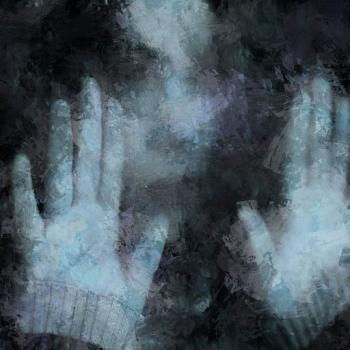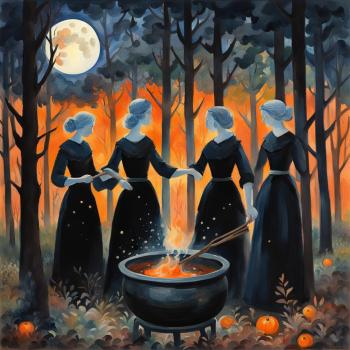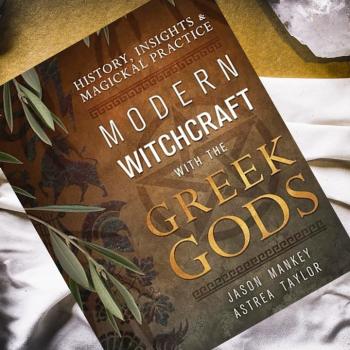I was steeped in Episcopalianism as a child. From St. David’s Preschool to St. Luke’s Episcopal and finally on to St. Mary’s Hall—originally organized by the Episcopal church to educate ranchers’ daughters—pretty much 5-6 days of the week, just about every week of the year for almost 20 years, most aspects of my life were grounded in the church.
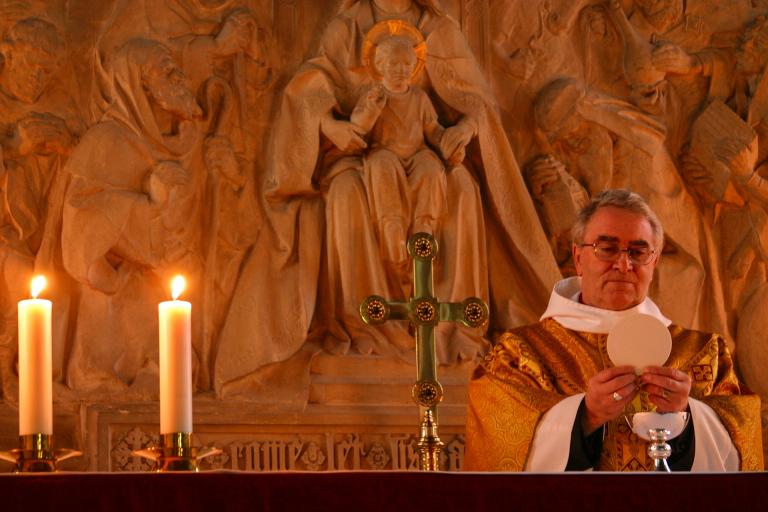
You might assume that I tossed all of those experiences merrily aside (good riddance to bad garbage!) as the locus of my spiritual identity shifted away from Episcopalianism, and you’d be at least partially right. Paternalism, patriarchy—yeah, I had some problems with those, but overall I wouldn’t classify myself as one of the post-organized religion walking wounded. I’m very aware I’m one of the lucky ones. That’s not to say I haven’t had to reconcile psycho-sexual wounds dealt in childhood, but those didn’t occur in or through the church.
I loved—I still love—the “smells and bells” of the liturgy, the panoply of vestments and altar cloths, burses and polished silver pattens, chalices, and all of the fiddly bits that go into tricking out a really happenin’ altar. It’s great stuff, and when I’m working on one of my home altars I feel an almost tangible connection thrumming between my Faith of Origin (as it were) and my spiritual life as a Witch now.
Honoring the season of Lent is another way the faith of my childhood has found an authentic voice in my current spiritual practices. Traditionally (and vastly oversimplified here), Lent is a 40-day period of time preceding Easter during which Catholic, Protestant and some Eastern churches observe Christ’s time of temptation in the desert through penitence, abstinence and fasting.
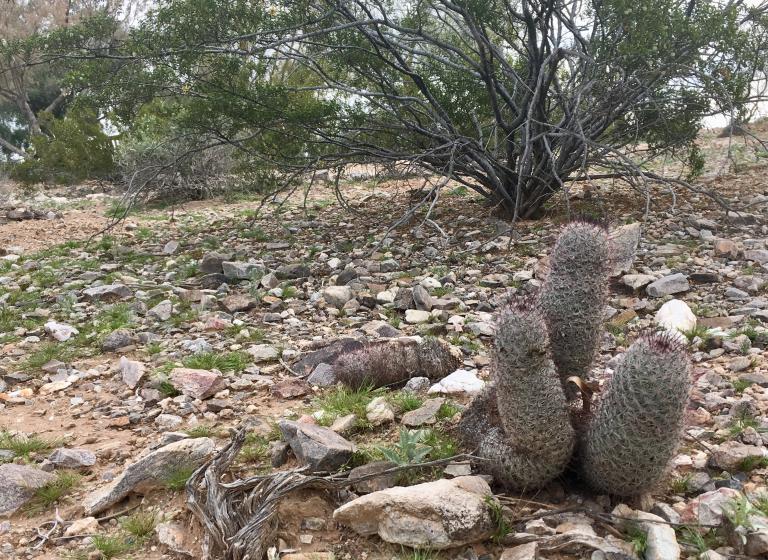
Around this time of year you may have friends who decide to give up alcohol or chocolate or any number of indulgences for 40 days, and if they find that spiritually fulfilling then more power to them—I’m not here to harsh on their spiritual practices or judge them with an eye toward finding them lacking. I simply find more fulfillment in other aspects of Lent.
In the Christian mythology, after he was baptized by John, Christ removed himself to the desert not only to fast, but to meditate and pray. To be able to hear the deep whisperings of his innermost heart without the distractions of a social life. As a Wise Woman, this is a Lenten practice I can easily—eagerly—embrace.
As the Spring Equinox—Ostara—approaches I’ll start thinking about what spiritual practices I might explore. One year I decided to do a 3-card Tarot draw each morning and journalled my insights—this became the foundation of the 4-card daily draw I now perform—dare I say it?–religiously.

Study is another aspect of my Lenten practice. I’ve got a couple of books tucked away—Lisa Lister’s Witch and Benebell Wen’s masterwork, Holistic Tarot, which I’ve had for two years and am still learning from. I’m very hopeful that Cyndi Brannen’s Keeping Her Keys will show up on my doorstep in the next couple of weeks. I’ll learn some additional techniques to broaden my skills in Holistic Tarot, and I expect I’ll be enriched by what I learn from Lister and Brannen as well. I anticipate it will be time well spent in the desert, reading my books in place of the routine evening distractions of television or the internet.
Lent for me is a time when I intentionally try to Be Still and Know That I Am. The full quotation from Psalm 46:10 is “Be still, and know that I am God,” but again, just like many other pagans and witches, I’m snipping out pieces from the fabrics of a wide variety of spiritual practices and stitching together something that is uniquely my own, a patchwork (not patchy) quilt of meaningful practices that hopefully helps me to bring my most authentic self out into the world.
————
A short side note about one of my favorite parts of the Book of Common Prayer before I close. In the back of the book (p. 880) is found the “Tables and Rules for Finding the Date of Easter Day,” the first paragraph of which reads:
Easter Day is always the Sunday after the full moon that occurs on or after the spring equinox on March 21. This full moon may happen on any date between March 21 and April 18 inclusive. If the full moon falls on a Sunday, Easter Day is the Sunday following. But Easter Day cannot be earlier than March 22 or later than April 25.
There follow several paragraphs about how to calculate Easter Sunday for any year, which my geeky little liturgical heart adores, but the thing I’ve always loved best about this is the fact that all of these hidebound, authoritarian organized religions are essentially following the phases of the moon in figuring out when to celebrate one of their highest Holy Days.
I don’t mean this in a sniggering, supercilious way—I’m not all about saying my faith practice is the best way or the most authentic way. Rather, I find myself charmed that the Goddess is wherever you look if you have eyes to see Her. Even in those hidebound, authoritarian organized religions. Hail Hekate!





